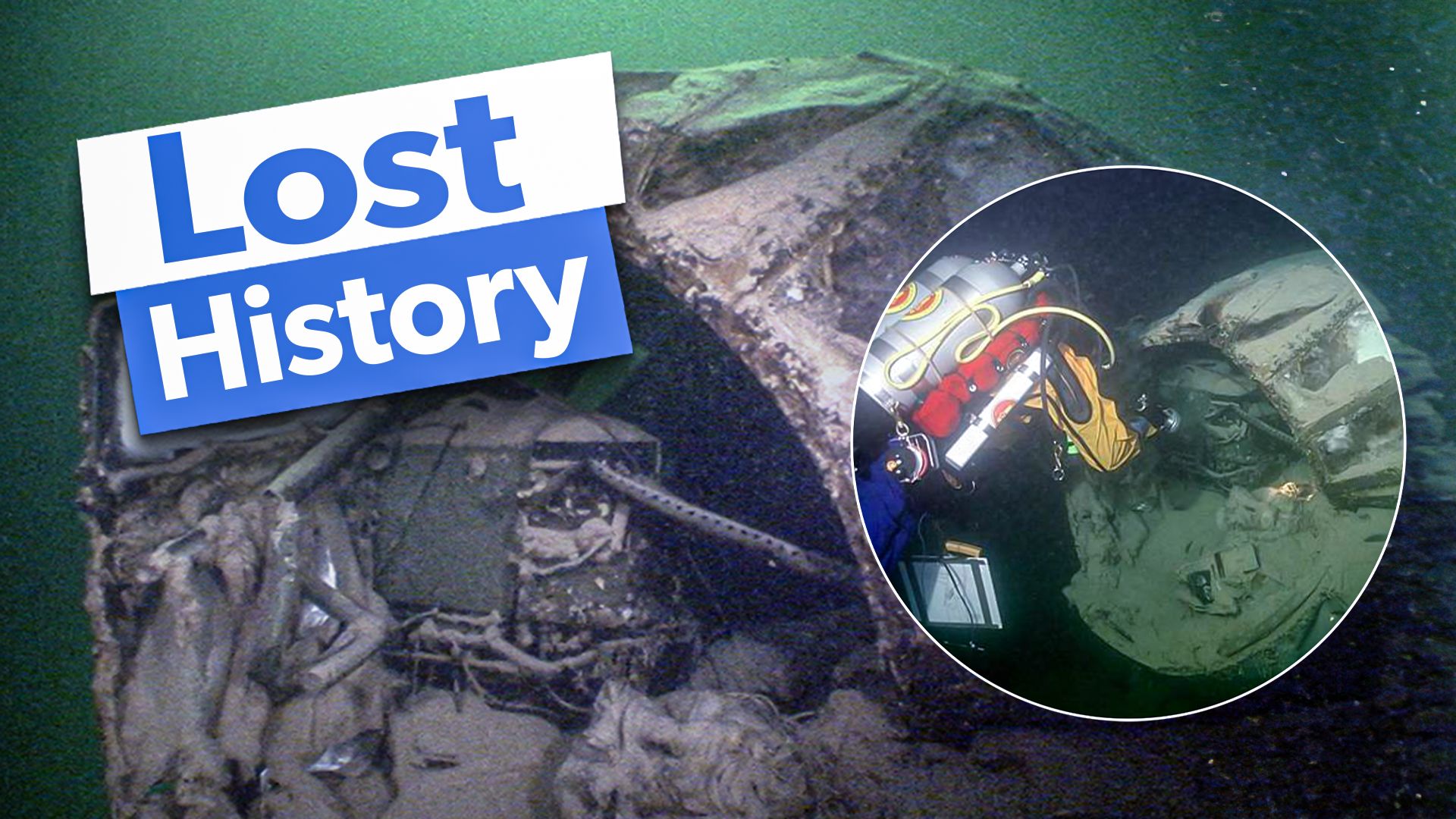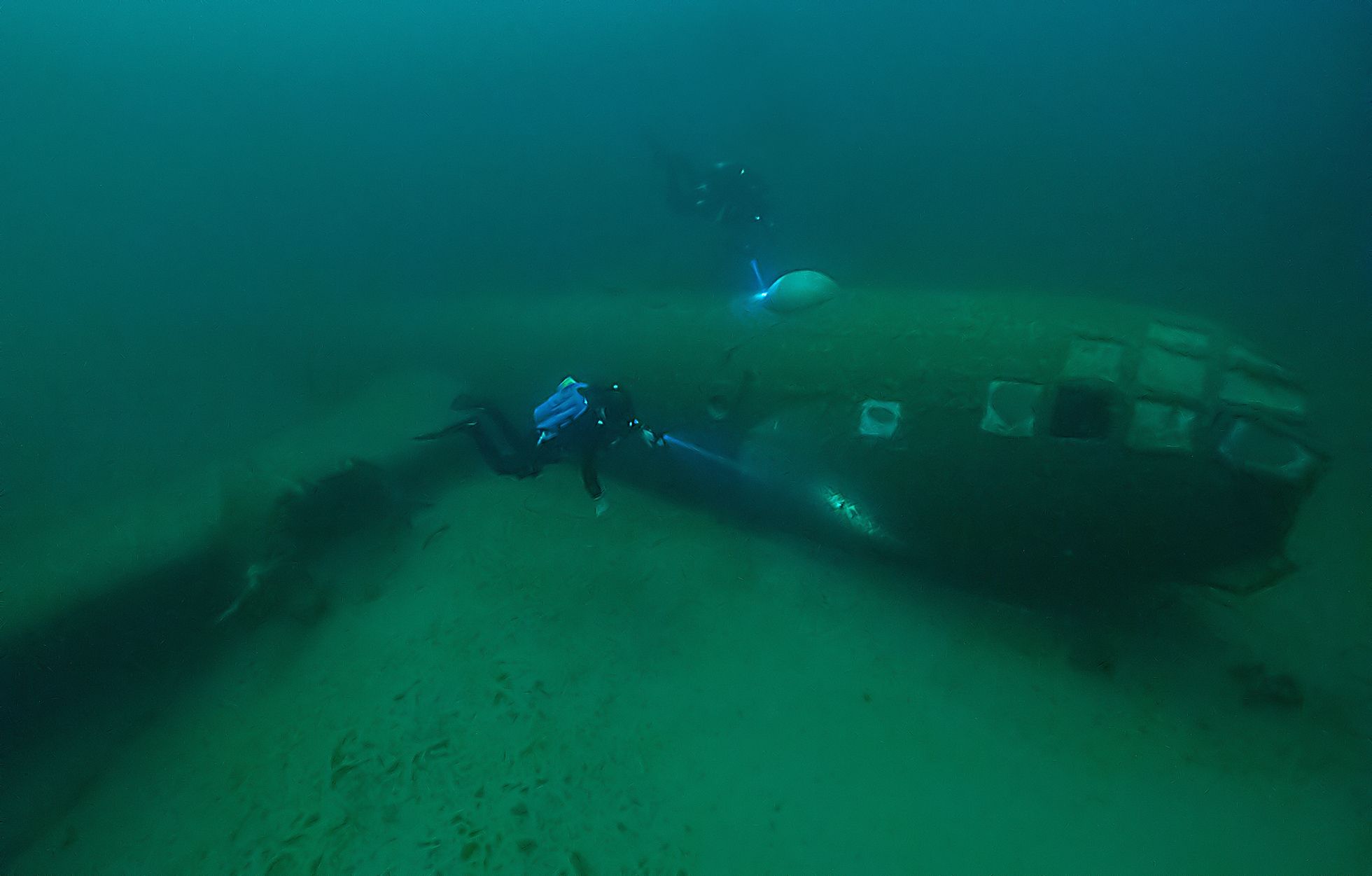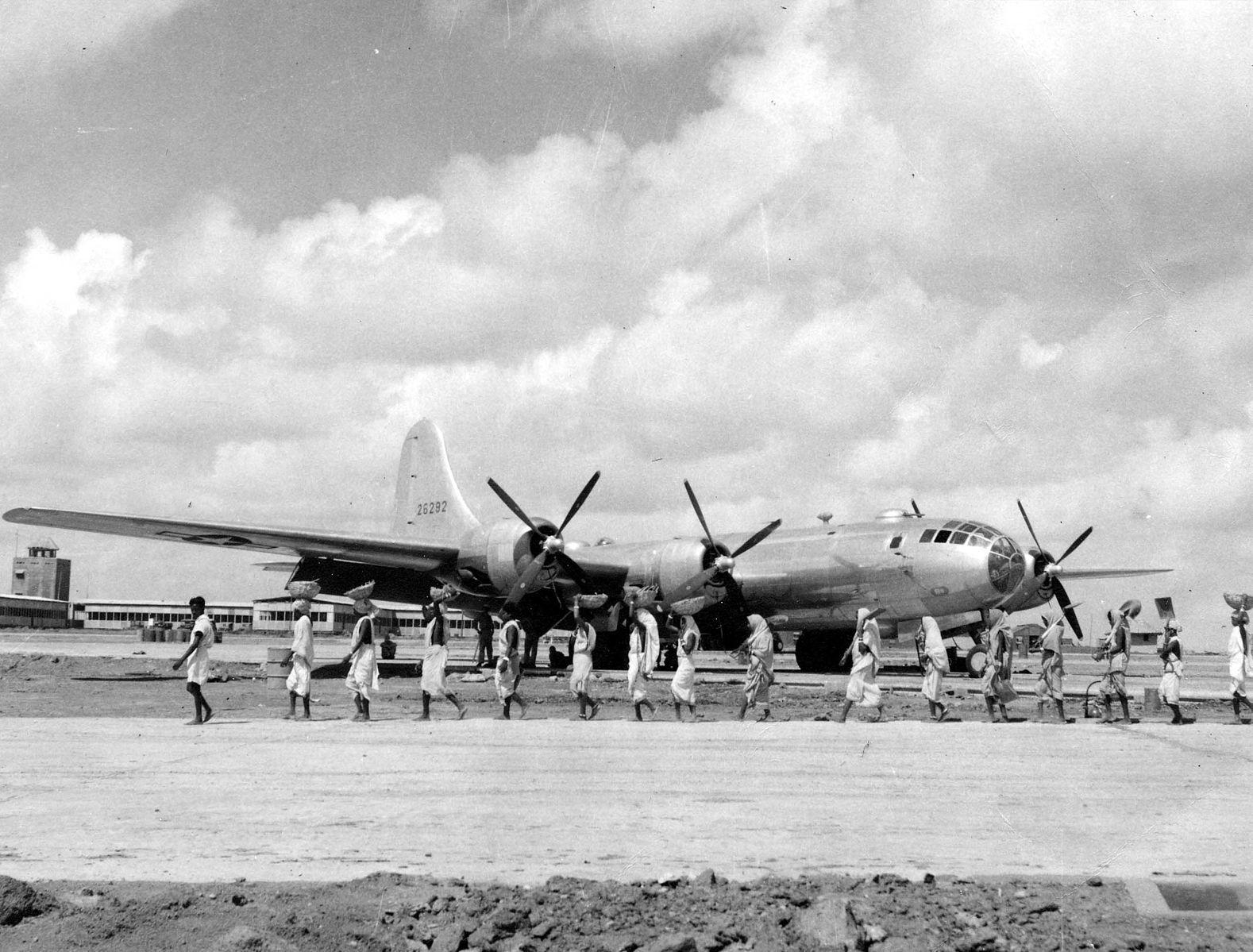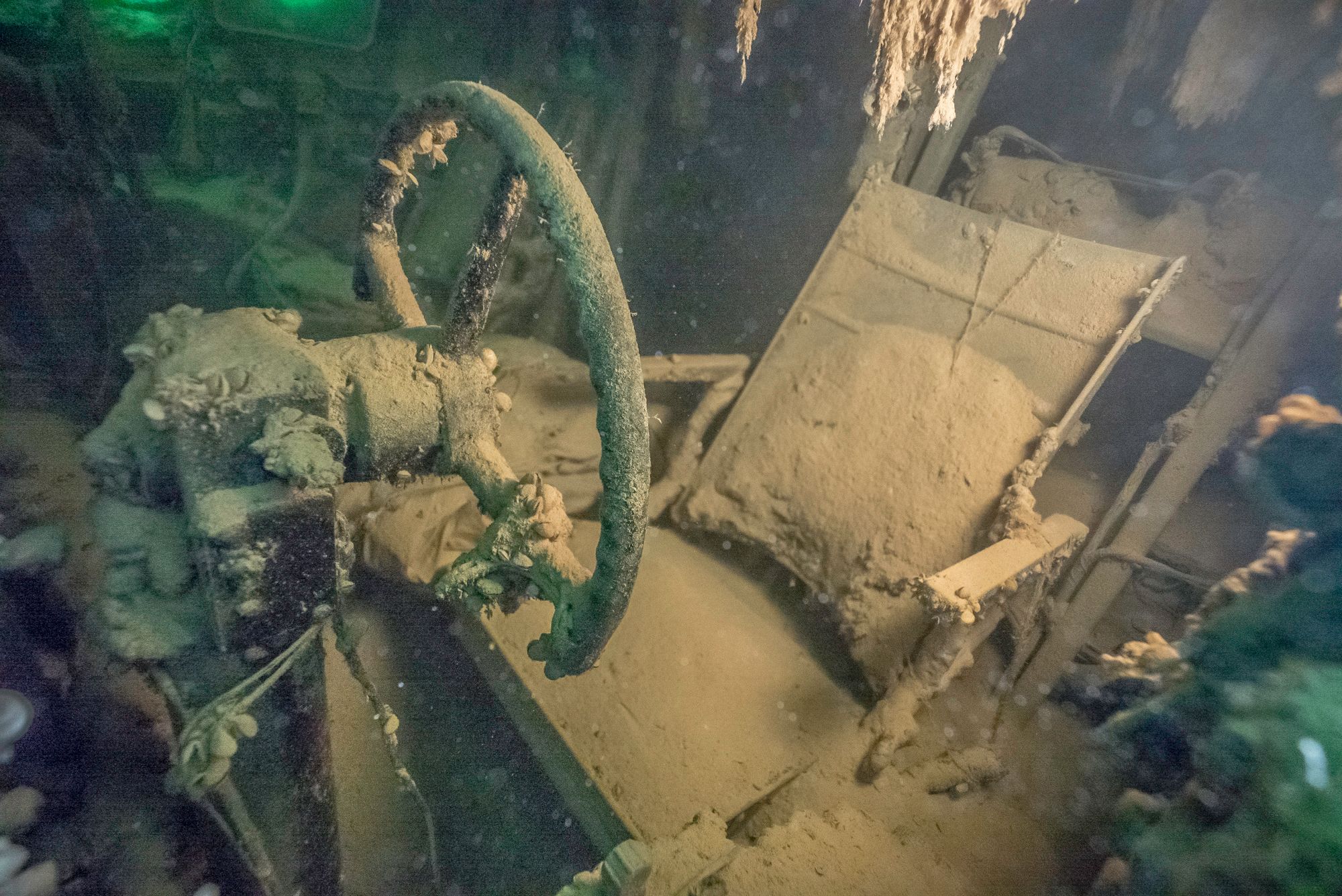Summary
- In 1948, a Boeing B-29 Superfortress sunk in Lake Mead during a high-altitude research mission.
- The crew survived the crash and were rescued. The National Park Service discovered the sunken aircraft in 2002.
- NPS protects the B-29 wreck and allows diving tours with approved operators only at certain times.
Lake Mead is one of the most popular recreational destinations in the American West. But unbeknownst to many, a sunken B-29 rests on the bottom of the lake. Soon after WWII, a B-29 crashed and sank in the lake and was lost for over half a century. The Boeing B-29 Superfortress was the largest military project of World War II (costing even more than the Manhattan Project). It was a four-engine heavy bomber built for high-altitude strategic bombing to replace the older B-17 Flying Fortress.
The B-29s are famous (or infamous) for firebombing Japanese cities in the second half of the Pacific War and for dropping the nuclear bombs on Hiroshima and Nagasaki. A couple of B-29s (Fifi and Doc) still fly today, and booking flights on the B-29 Doc is possible.
How a Boeing B-29 sank in Lake Mead
B-29s were designed with contemporary state-of-the-art technology, including an analog computer-controlled fire-control system and a pressurized cabin. B-29s were also used for scientific missions. The one that crashed in Lake Mead was part of three B-29s donated by the DoD for the High Altitude Flying Laboratory Program (Project APOLLO).
Photo: National Park Service
According to the NPS, the B-29 Superfortress took off from China Lake in California on the morning of July 21, 1948. It was on a mission to conduct high-altitude atmospheric research. The pilots thought they were flying at 400 feet above Lake Mead, but it seems their altimeter was off. At around 12:30, the aircraft, traveling at 230 mph, struck the lake’s surface and sank to the bottom.
|
Lake Mead’s B-29 |
|
|---|---|
|
Serial number: |
45-21847 |
|
Built: |
Boeing Plant in Wichita, Kansas |
|
Delivered: |
To US Army Air Force Sept 13, 1945 |
|
Length: |
99 feet |
|
Crashed: |
July 21, 1948 |
The crew onboard (Capt. Robert M. Madison, 1st Lt. Paul M. Hesler, Staff Sgt. David D. Burns, and John W. Simeroth) managed to escape the wreck as it sank. Another crewman, Sgt. Frank A. Rico, was stuck inside, but one of his crewmates managed to pull him from the back of the plane through the co-pilot’s window. They all made their way to the life rafts as their aircraft slipped into the lake before them.
After a couple of hours, they managed to signal to a civilian aircraft that happened to be flying overhead. The aircraft notified the authorities, and the National Park Service soon rescued the crew. After the aircraft crashed, it was recommended for salvage, but that recommendation was canceled in 1949, and the B-29 wreck was left abandoned.
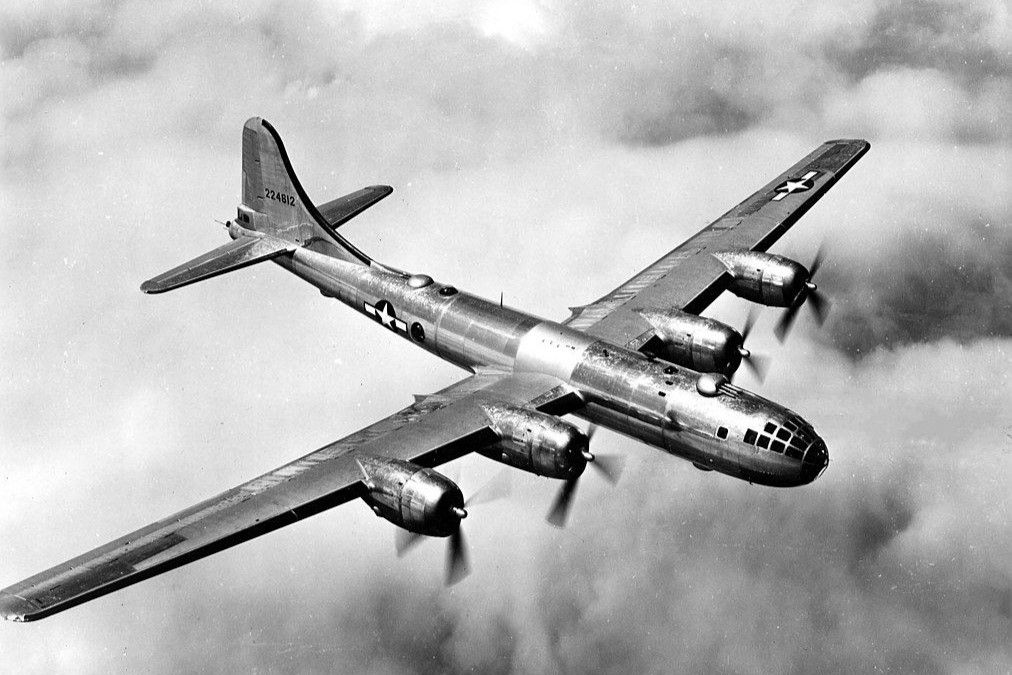
Related
World War II: Looking At The Boeing B-29 Superfortress’ Arrival In The China Burma India Theater
Operation Matterhorn required a herculean logistical effort that helped develop future airlift doctrine.
Discovering the wreck
It wasn’t until 2000 that the B-29 was discovered. While the National Park Service knew roughly where it sank, it was still a couple hundred feet deep. A private dive team using side-scan sonar found it. The group drove the plane the following year in 2001, illegally removing artifacts (the artifacts were later returned to the NPS).
Photo: National Park Service
|
First discovered: |
2000 (by side-scan sonar) |
|---|---|
|
First dived: |
2001 (by unauthorized divers) |
|
First discovered by NPS: |
2002 |
|
First dived by NPS: |
2003 |
|
Depth: |
Per NPS 300 feet (depending on lake level) |
Even so, the NPS didn’t know its exact location until 2002. The NPS (55 years later) dropped an underwater camera into the wreck only to discover they weren’t the first to find it. They found the ropes and lights left behind by the unauthorized divers the year prior (and some of the planes’ parts had been removed).
“The first time I dove on that plane, I was terrified. We went down and down and down and down and suddenly, there was a plane. The lights went on, and it looked like a spaceship. It was in incredible condition.” – Submerged Resources Center Chief Dave Conlin (NPS)
Photo: United States Army Air Forces
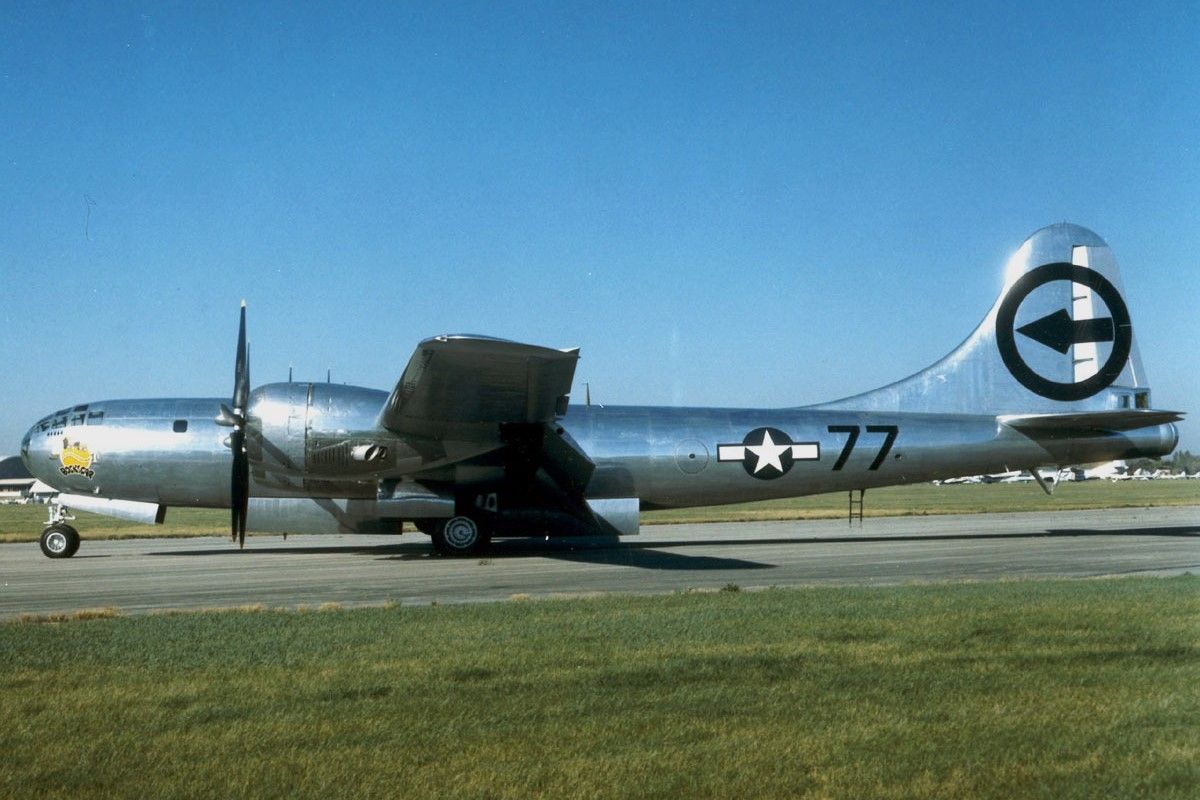
Related
What You Need To Know About The B-29 Superfortress Bomber
A guide and history into the Boeing B-29 Superfortress.
Lake Mead’s B-29 today
Today, the B-29 is protected by law. The NPS notes that this is the most original B-29 Superfortress remaining in the world (there were several upgrades and variants of the B-29). Currently, diving into the B-29 seems to be prohibited. However, diving tours were permitted from 2007 to 2008 (provided by Scuba Training and Technology Inc. and Xtreme Scuba).
The wreck was closed for public diving from 2009 through 2014 and again from 2018 through 2020 to assess the aircraft’s condition. It reopened for diving tours with approved diving operators between 2015-2017 and 2020-2022. Since 2022, the aircraft appears to be off limits as the NPS balances recreational access with preserving the wreck for future generations.
Photo: National Park Service
Las Vegas Scuba stated they had a two-year permit to dive the wreck (2020-2022). They were limited to 100 client dives per calendar year and said it was a 420-foot-100 swim. While the NPS stated the aircraft was 300 feet below the surface, Las Vegas Scuba says it fluctuated between 95 feet and 125 feet. The minimum certificate for the dive was AOW certification, Nitrox.

